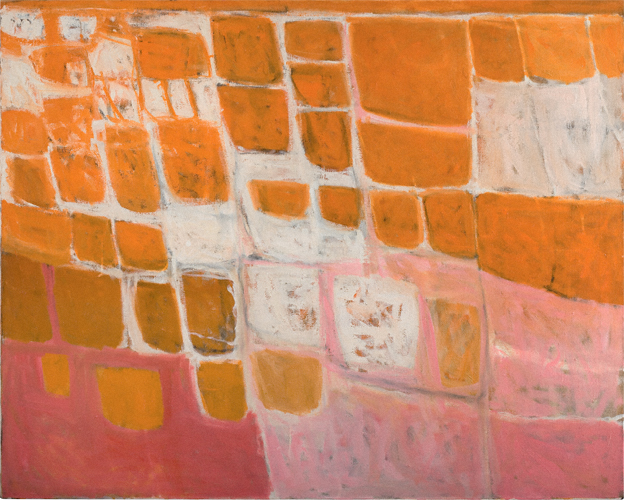
3 July 2015
What is a Catalogue Raisonné? What is involved in compiling one? How might the different tasks – tracing the provenance, preparing the bibliography – be tackled? How might the work of artists working in non-traditional media be catalogued? How might the project be funded? What needs to be taken into account when preparing a budget? Should it published in print or online? How might scholars protect themselves from the threat of legal action? Do they need to?
These were some of the many questions raised at the conference The Catalogue Raisonné and its Construction held at MoMA in New York on 13-14 June 2015, at which I was both pleased and honoured to speak, not least because I was one of the few to represent a Catalogue Raisonné produced outside of North America. Organised by the Catalogue Raisonné Scholars Association (CRSA), the conference was the first of its kind for nearly 15 years; its predecessor, entitled Catalogues Raisonnés and the Authentication Process, had been convened by the International Foundation for Art Research (IFAR) in 2001. However, as Sharon Flescher, Executive Director of IFAR, explained to the audience at MoMA in her opening remarks much has changed in the intervening years. The most obvious development has been in terms of the possibilities of digital formats (in 2001 digital meant CD-ROM). As the conference progressed, however, it soon became apparent that there remains a lot of trepidation when it comes to jumping onto the digital bandwagon. Many online CRs, such as the Paintings of Paul Cézanne (www.cezannecatalogue.com) are magnificent, allowing years of scholarship to be accessed in an incredibly user-friendly format. But it is not the answer for every project.
In other respects, however, much of what was pertinent in 2001 remains so. That conference was introduced thus by IFAR: ‘Catalogues raisonnés are crucial research tools affecting the scholarly, commercial, institutional, and collecting art worlds. They are plagued, however, by controversy over who should produce them; who should fund them; what standards should be applied to avoid the perception of arbitrary decision-making or conflicts of interest; and what protection can be afforded the scholars involved from lawsuits stemming from the rendering of their opinions. This conference focused on the processes, standards, and challenges of catalogues raisonnés.’ All of these issues remain as relevant today as they were in 2001. The truth is – as I think all CR scholars would agree – there is no ‘one size fits all’ answer to the questions raised. Every project is different and each will come with its own set of challenges (and – hopefully – advantages!). Given this, what was so useful about the CRSA conference was the opportunity it provided for those working within the world of CRs to come together to talk, to listen, to ask questions, to compare notes, to become aware of other projects and possible solutions to one’s own dilemmas.
The CRSA has done – and continues to do – an amazing job of connecting those engaged within the catalogue raisonné process. Understandably, however, given their geographical location, their programme of events is most helpful for those working in America. Which begs one final question, isn’t it time we had a similar organisation in the UK to assist and support the CR community here?
For more information about the CRSA visit their website www.catalogueraisonne.org.

